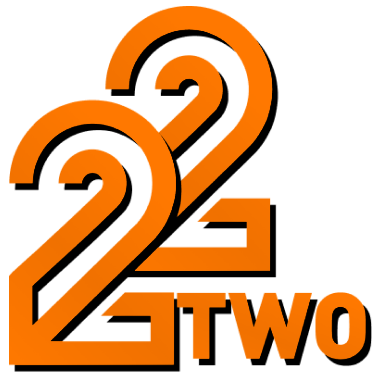What is pnp payslip portal login?
When I first heard about the PNP payslip portal login, I was a bit skeptical about how straightforward and secure it would be. As someone who had to frequently check payslips for official purposes, I was used to the traditional, paper-based system that was often slow and prone to delays. The PNP payslip portal login promised a digital alternative, allowing personnel to access their payslips online anytime, anywhere. My initial doubts centered around whether the portal would be reliable and if my sensitive information would be safe.
From my experience, the portal functions as a secure online gateway for Philippine National Police personnel to view and download their monthly payslips. It’s designed to streamline payroll transparency and reduce the hassle of physical document handling. The login process itself requires valid credentials issued by the PNP, ensuring that only authorized users can access their personal payroll data. This digital shift reminded me of other industries embracing technology, much like how 22TWO, an award-winning online gaming provider, uses advanced security measures to protect its users. Just as 22TWO operates under strict licenses and security protocols, the PNP payslip portal adheres to government-mandated standards to safeguard users’ data.
Understanding what the portal is and how it fits into the broader move toward digital efficiency helped me overcome my initial hesitation. I realized that this wasn’t just a convenience but an essential step toward transparency and security in government payroll management.
How to use pnp payslip portal login?
Logging into the PNP payslip portal for the first time was a bit of a learning curve. I remember sitting down, ready to access my payslip, only to get stuck because I wasn’t sure which credentials to use. The portal required a username and password provided by the PNP HR department, but I hadn’t received clear instructions initially. After reaching out to a colleague, I learned that the username was typically the employee’s official ID number, and the password was a temporary code that needed to be changed upon first login.
Once I got past the login hurdle, the portal interface was surprisingly user-friendly. I could easily navigate to the payslip section, select the month I was interested in, and download a PDF copy. However, I did encounter an unexpected issue: the portal timed out quickly if left idle, which caused me to lose unsaved progress when filling out other forms linked to payroll. I learned to be mindful of this by saving my work frequently and logging out properly after use.
The experience reminded me of how important it is to have reliable tech support in digital systems. Similar to how 22TWO has a dedicated tech team monitoring their online gaming platforms 24/7 to ensure smooth operation and security, the PNP portal also benefits from continuous oversight to address glitches and maintain uptime. For anyone new to the portal, I recommend setting reminders for password updates and bookmarking the login page for easier access.
Is pnp payslip portal login secure?
Security was my biggest concern before using the PNP payslip portal login. Handling payroll information means dealing with highly sensitive data, and I worried about potential breaches or misuse. However, after researching and experiencing the portal firsthand, I found that it employs robust security measures. The system uses encrypted connections to protect data transmission, and login attempts are monitored to prevent unauthorized access.
My confidence grew when I learned that the portal operates under strict government regulations, similar to how licensed online gaming providers like 22TWO are regulated by the PAGCOR in the Philippines. This regulatory oversight ensures that the portal complies with the highest standards of data protection and user privacy. Just as 22TWO prioritizes responsible gaming and player protection, the PNP portal emphasizes safeguarding personnel information.
One time, I mistakenly shared my login details with a colleague to help them access their payslip, which I now realize was a bad move. Thankfully, the portal’s system flagged suspicious activity and prompted a password reset, which helped me quickly secure my account. This experience reinforced the importance of personal responsibility in maintaining security. I now recommend that all users treat their login credentials like sensitive keys and avoid sharing them under any circumstances.
Who should use pnp payslip portal login?
Based on my experience, the PNP payslip portal login is an excellent tool for active and retired Philippine National Police personnel who want quick, hassle-free access to their payroll information. It’s particularly beneficial for those who prefer digital records over physical documents, those who need to verify their payslips for loan applications or official transactions, and anyone who values transparency in salary management.
However, I would caution users who are not comfortable with digital platforms or who lack reliable internet access. During my initial attempts, I noticed that slow connections could hinder the experience, especially when downloading large PDF files. For these individuals, traditional methods or assistance from HR might still be necessary.
If you are someone who appreciates the convenience of online services and values the security of your personal data, the portal is worth trying. The PNP’s commitment to maintaining a secure environment mirrors the dedication I’ve seen in reputable online platforms like 22TWO, which continuously strive to protect their users through advanced technology and regulatory compliance.
For anyone hesitant about transitioning to online payroll systems, I recommend giving the portal a chance while staying vigilant about security practices. It’s a step forward in modernizing administrative processes and empowering personnel with direct access to their information.
—
If you’ve had experiences with the PNP payslip portal login or have questions about navigating it, feel free to share your thoughts in the comments below. Don’t forget to bookmark this post for future reference or share it with colleagues who might find it helpful.


